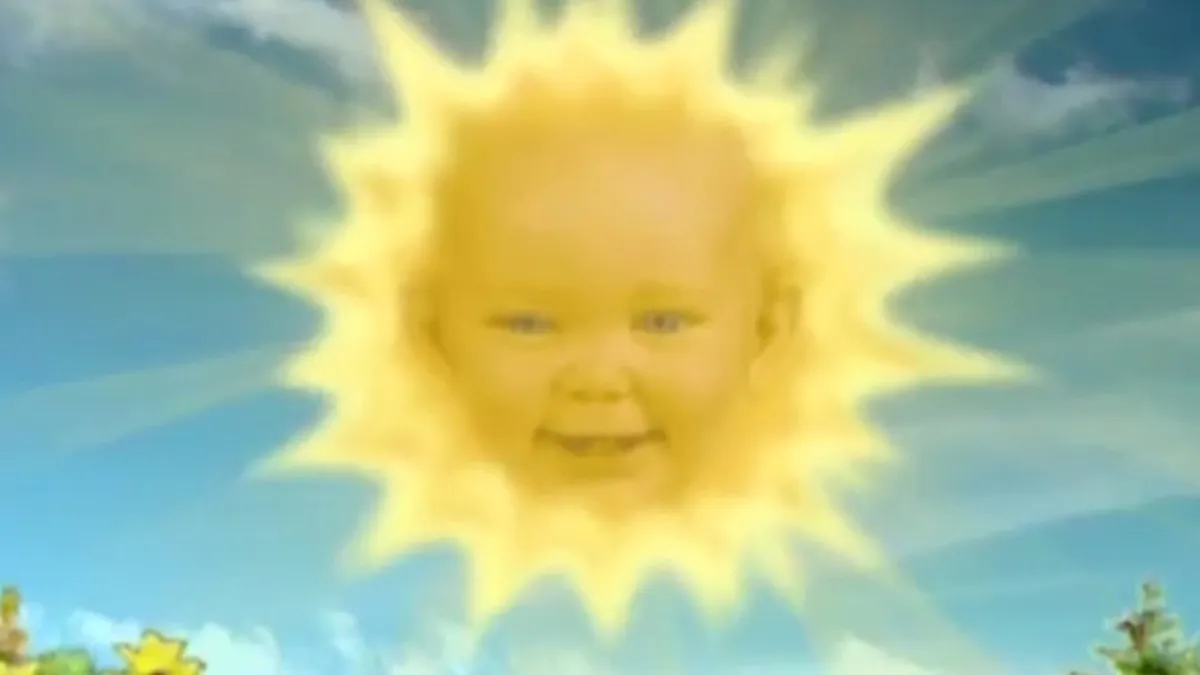NASA’s Kepler has found the first earth-sized planets orbiting a star outside of our solar system. Unfortunately for extraterrestrial life enthusiasts, the planets are too close to the star, so they are not in the star’s habitable zone. Dubbed Kepler-20e and Kepler-20f, the planets are in located a distance from the star that liquid water could not exist on their respective surfaces, however, the planets set a record for being the smallest exoplanets found orbiting a star similar to our sun.
The planets are thought to be rocky in terrain, which certainly is more promising than a gas planet in our search for other habitable worlds. Kepler-20e is slightly smaller than Venus, measuring in at 0.87 the radius of Earth, while Kepler-20f is actually a bit larger than Earth, 1.03 times Earth’s radius.
The planets, living in a planetary system dubbed Kepler-20 which hangs out in the constellation Lyra, are around 1,000 light-years away. The smaller of the two Keplers-20s, e, orbits around its star every 6.1 days and has an average temperature of 1,400 degrees Fahrenheit, while 20f makes the trip in 19.6 days and has an average temperature of 800 degrees Fahrenheit. So, not only would I be 1,615 years old on Kepler 20e, but I’d also be melted.
The Kepler-20 system also has three other planets that squeeze into the size range or larger than Earth, but smaller than Neptune, with each planet in the system orbiting within a comparable distance between our sun and Mercury’s.
Scientists do not know how the Kepler-20 planets arrived at their current location, but they do not think they evolved in those spots naturally. Personally, I think the aliens from the end of Men in Black just shot the planets there like marbles.
So, NASA is making progress in the search for habitable planets, and we’ll likely find some in the not-too-distant future — but the question is whether or not they will be located in a not-too-distant distance.
(via NASA)
- Kepler found its first-ever planet within a star’s habitable zone
- Of which there are probably oodles
- Keper also found a six-planet solar system and was like hey








Published: Dec 20, 2011 02:50 pm